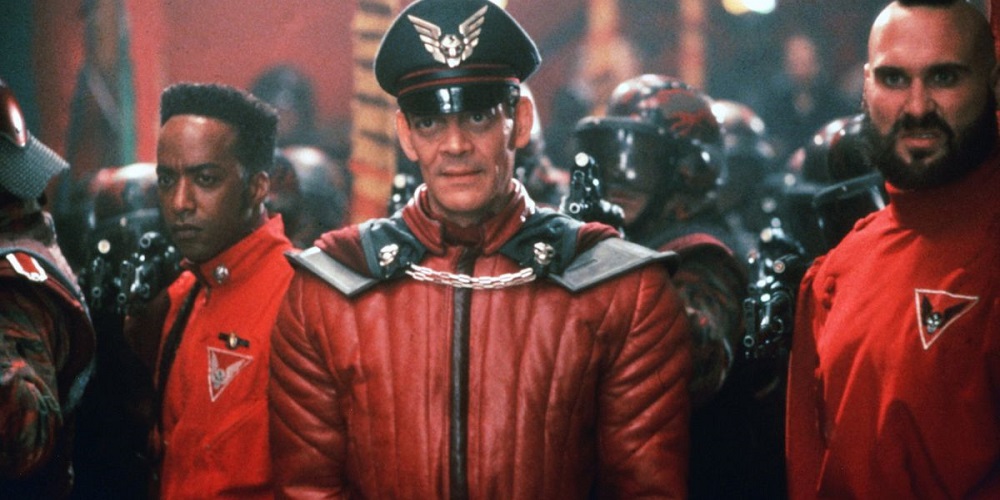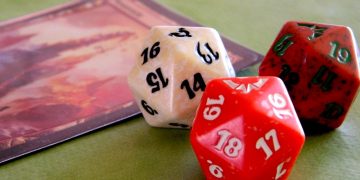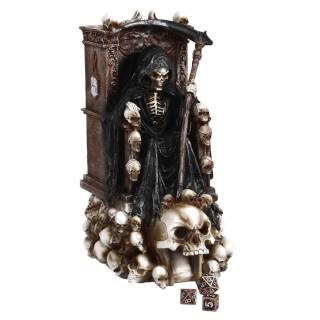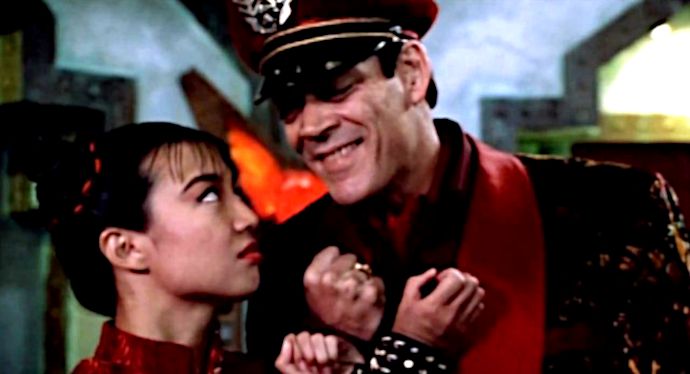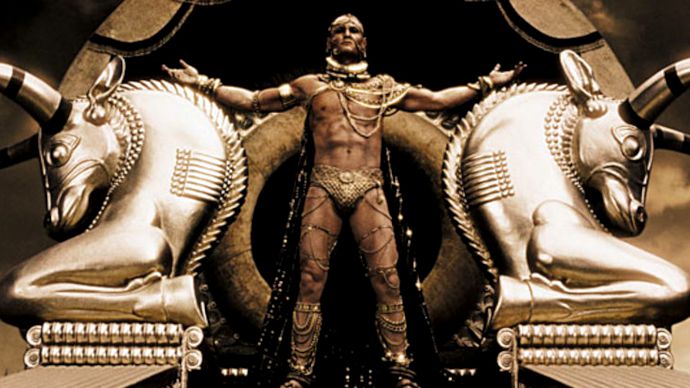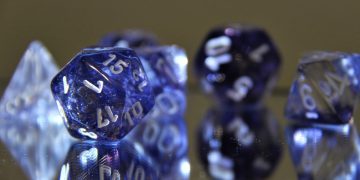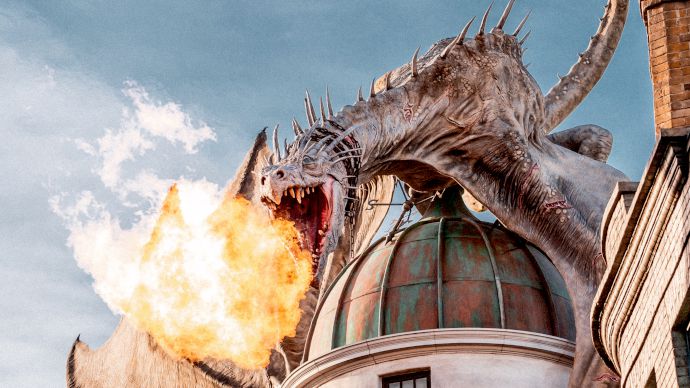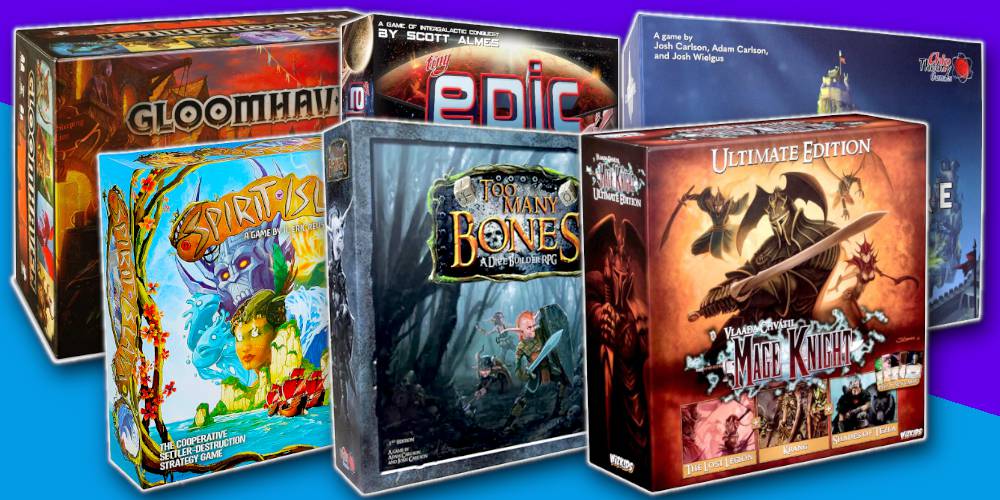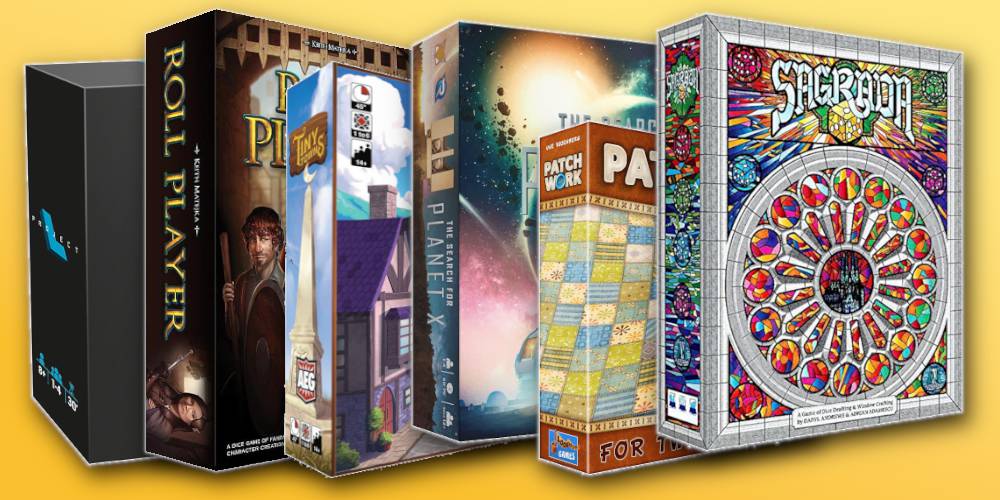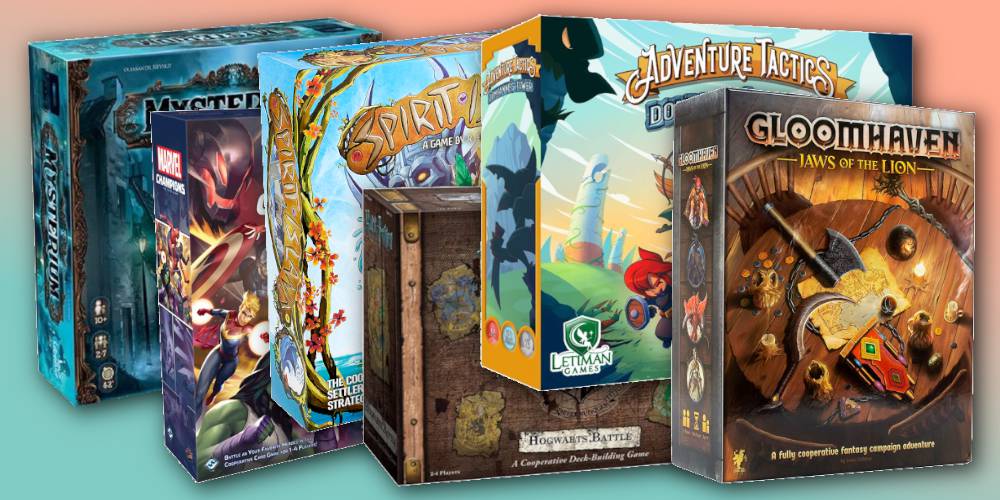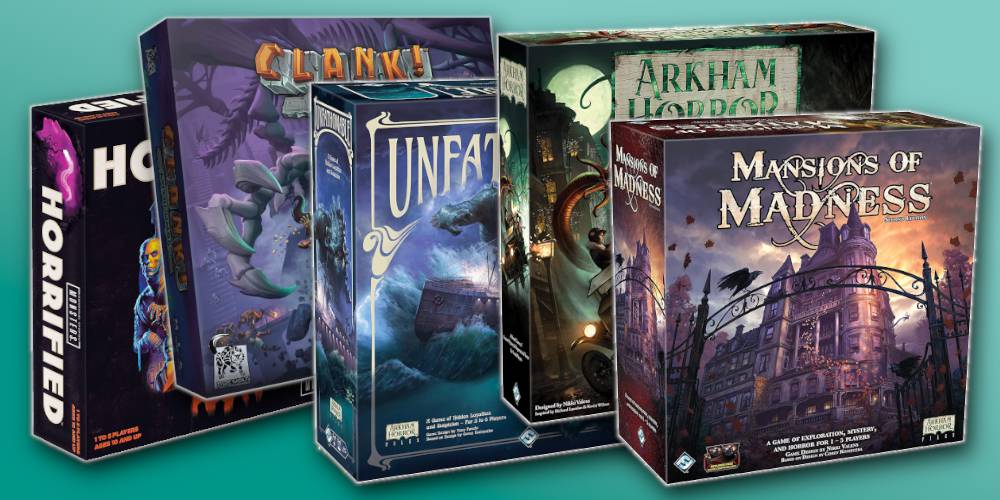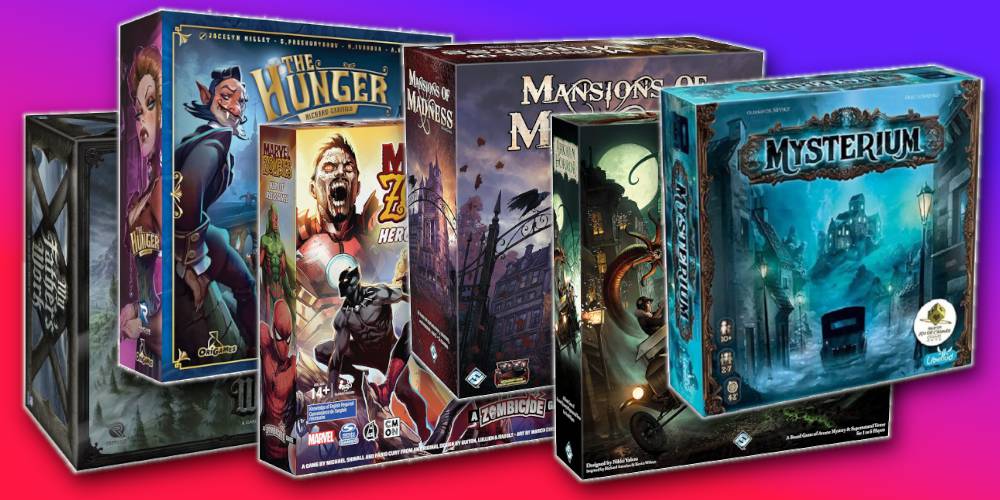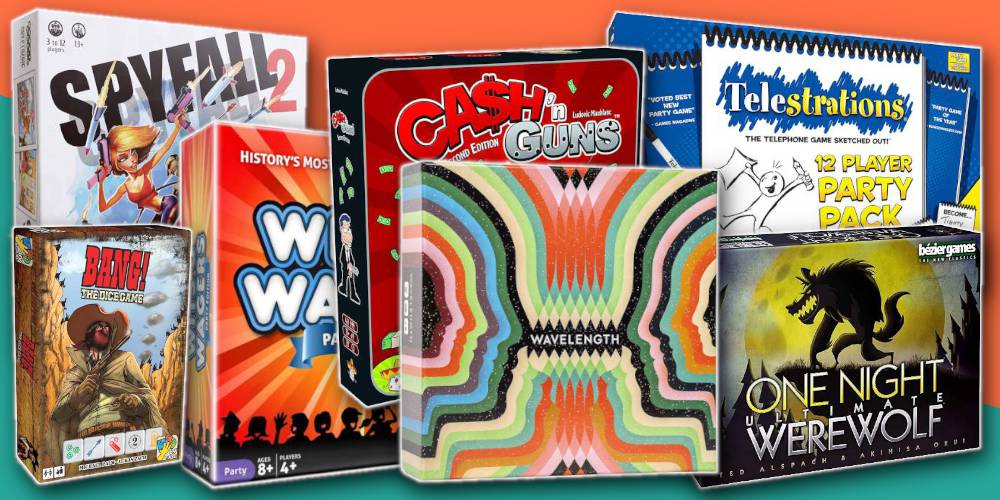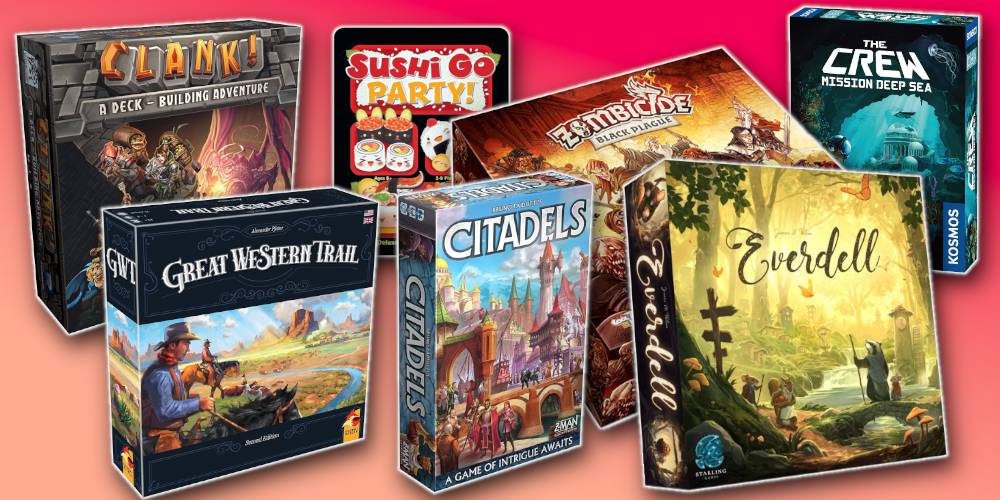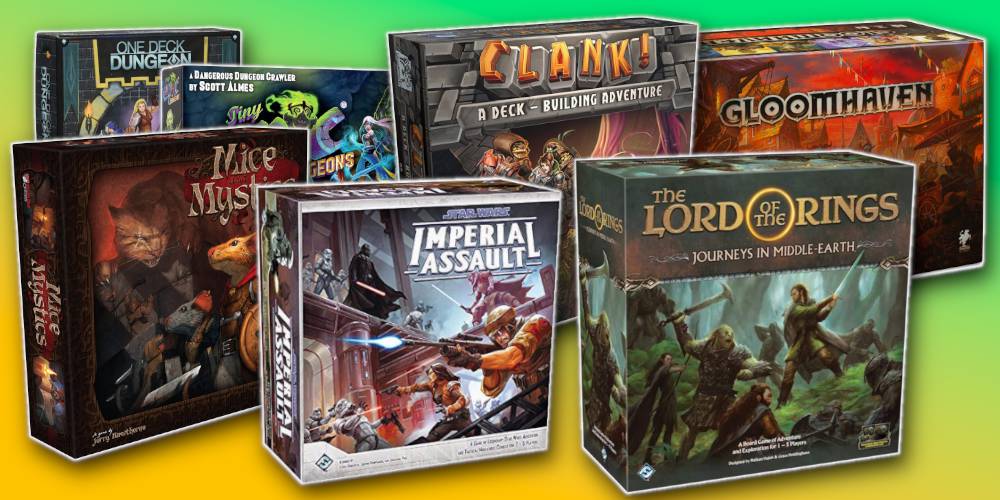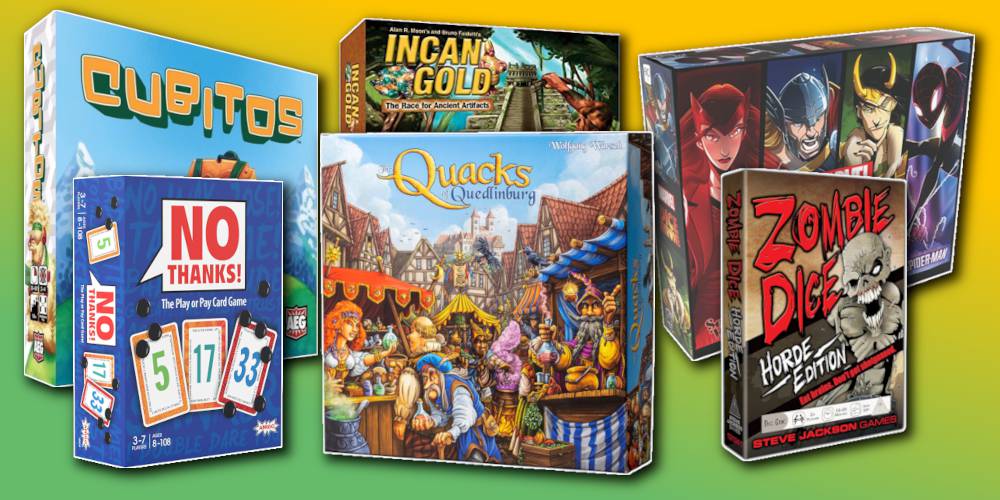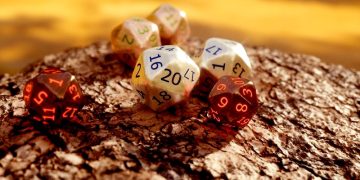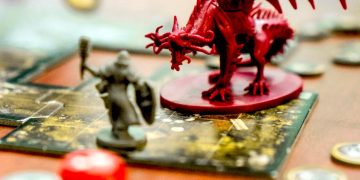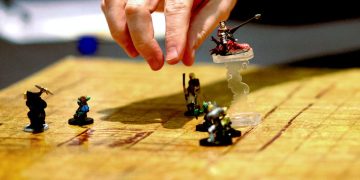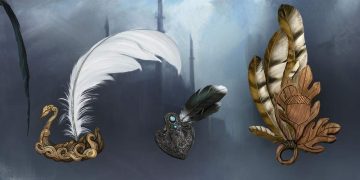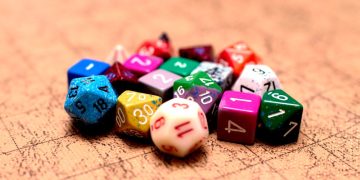The Infamous M. Bison Scene
By nearly every metric,Street Fighterwas a trainwreck of a movie. The script was a mess. The fight scenes were bland. The sets were cheap and tacky and unconvincing.
And yet, watch theStreet Fightermovie never fails to bring joy to me—and many others—because of how cheesy and silly it all is. This is especially true of every scene with M. Bison, who was played by the great Raul Julia.
In one of the most famous scenes ofStreet Fighter, a captured Chun Li (played by the also incredible Ming-Na Wen) reveals her vendetta against the warlord M. Bison.
As it turns out, M. Bison came to her village when she was a child and killed her father in the ensuing battle. This emotional moment is undercut by M. Bison admitting that he doesn’t remember:
Watch the scene for yourself on YouTube:
As someone on a quest for world domination, M. Bison has destroyed countless villages and killed countless fathers. It wouldn’t make sense for him to remember this particular one.
His infamous line is key in establishing a wider breadth of villainy to his past deeds.
What Is the M. Bison Technique?
Let’s take this scene and apply it toDungeons and Dragons.
You’re the dungeon master. Chun-Li is a player character who has crafted her backstory around her pursuit of M. Bison, driven by her desire for revenge. She finally tracks him down and has a chance for a face-to-face confrontation.
Imagine the look on your player’s face when, after their reveal, your villain casually admits that his past encounter was so trivial to him that it never even registered as a memory.
This allows you, as the DM, to raise the stakes for your player(s) by elevating the villain to something inhuman.
Doing this hints at a trail of destruction that the villain has left in his wake. The player is no longer merely avenging her own father, but also everyone else who died at the BBEG’s hands.
The player character’s simple quest for revenge now becomes something more, all while remaining deeply personal.
One variation of this technique involves a BBEG who already fought the party in a past encounter but doesn’t remember them, implying that the party was so easy to defeat that the encounter wasn’t memorable.
Or you can have the BBEG not recognize them right off the bat, but something about the party during the fight can spark his memory.
There are plenty of ways to play with this, and none of them are incorrect as long as you can effectively imply that the villain has a life outside the heroes. They can’t keep track of every little village they destroy in their quest for more power.
Related:Important traits shared by successful DMs
Why the M. Bison Technique Works
One of the most important factors in creating memorable D&D villains—and characters in general—is giving them depth.
In fiction, characters should feel like they’re living their own lives beyond their interactions with the main cast.A fictional world feels more alive when its characters have things to do even when they aren’t “on screen” or “on the page.”
As a DM, this can be accomplished in a number of ways.
If your party was saving up for a special item, have the shopkeeper sell it while they’re off on an adventure. If you have recurring characters, they should grow up and evolve between encounters.
The world must continue to move while the players are off elsewhere, and subtle changes to background characters will give the impression of a living, organic world.
And this is most true for your villains.Nothing is lamer than a villain who’s just sitting around waiting for the players to show up.
If you can convince your players that the BBEG is accomplishing all sorts of stuff on their Evil To-Do List between encounters, the villain won’t just feel more alive, but they’ll be more threatening and infinitely more memorable.
Of course, not every villain needs to feel dynamic. Sometimes you want them to feel static, like a force of nature rather than a living human being. These stories can be really fun, and encounters with such villains can be full of their own kind of drama.
But if you’re aiming for a living, breathing, memorable villain who feels like they’re always one step ahead of the players, the M. Bison Technique can help you craft unforgettable encounters.
Read next:The best YouTube channels for learning D&D



![]()
